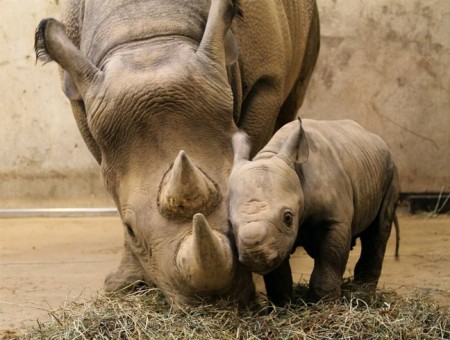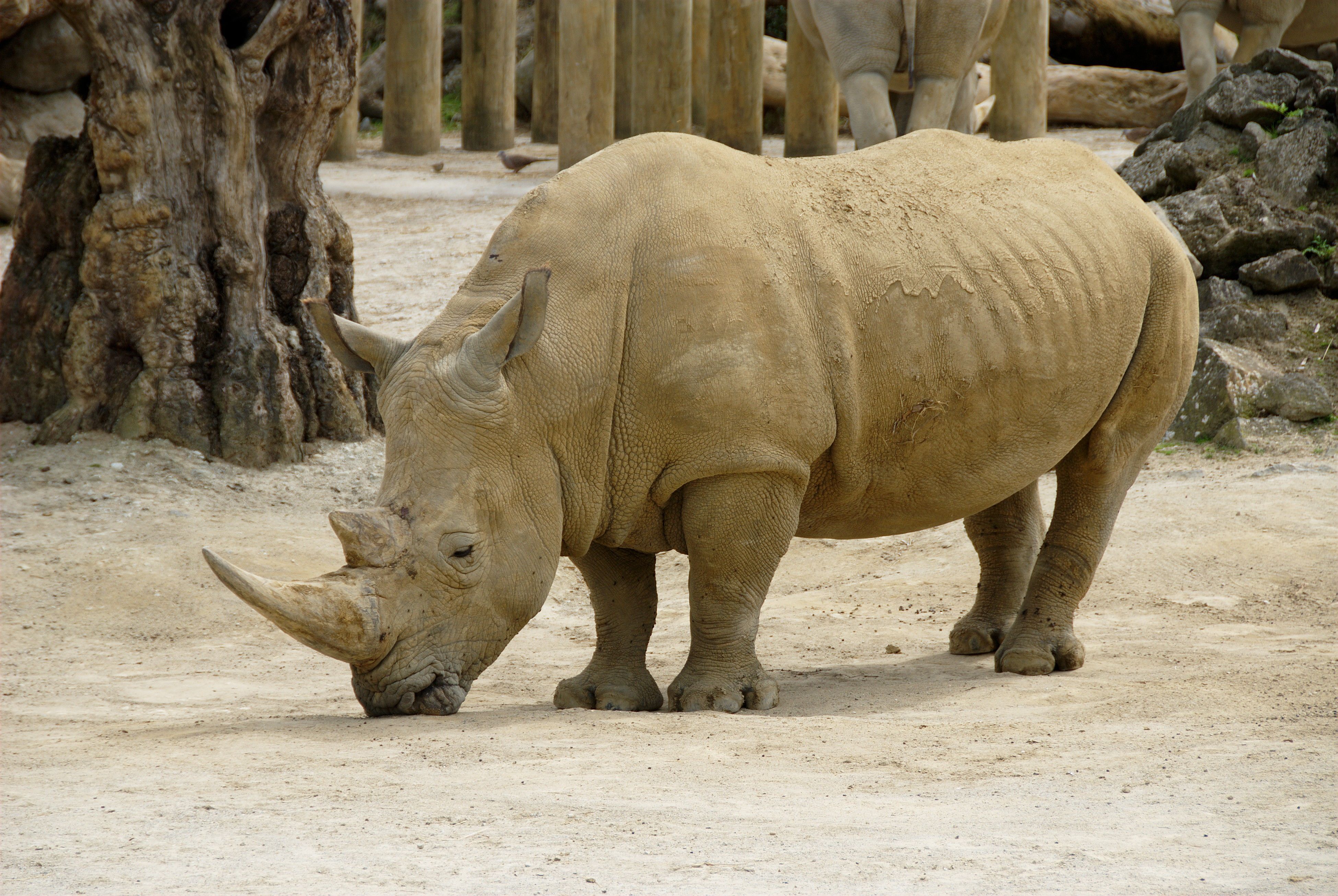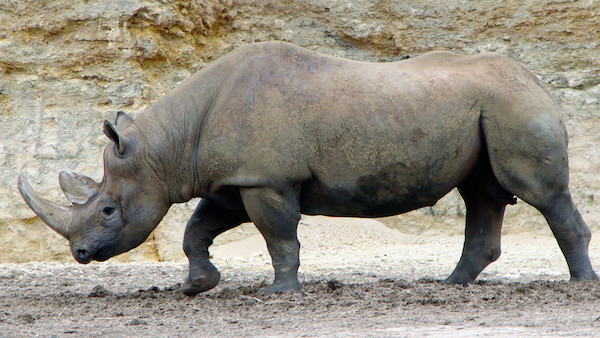

- #Ancestor of a west african black rhinoceros skin#
- #Ancestor of a west african black rhinoceros free#
As a result, they are now extinct or extremely close to extinction in Zambia, the Central African Republic and Tanzania. The biggest declines since 1980 have occurred in vast unfenced areas that were historically the black rhinos’ natural range.
#Ancestor of a west african black rhinoceros free#
The political and civil unrest in many countries has resulted in the free flow of weapons into Africa and this has had a significant impact on African rhinos as well as other species and has made conservation efforts difficult and often dangerous. Funding for adequate anti-poaching patrols was insufficient to non existent. These factors led to uncontrolled poaching pressure. During the 1970’s and 80’s the demand for rhino horn in Asian and the Middle East grew, combined with economic and political instability in countries with rhino populations. In 1970, Kenya had the largest population of about 18,000 animals.īetween 19 the black rhino populations were reduced by 96%, reaching a low of 2,410 animals in 1995. However, the decline continued with an estimated population of 65,000 by 1970. Even with this level of extermination, there were still estimated to be about 100,000 animals left in Africa in 1960. In Kenya, for example, between 19 about 1,000 black rhinos were shot by one group of game control employees who were preparing an area for an agricultural settlement. The result was continual unrestricted hunting of the black rhino and other species across most of central-west and eastern Africa.īy 1933 only two breeding populations of about 110 animals survived in Southern Africa. With the growing domination of European colonists, land use changed opening up areas to trade and farmers. Early foreign settlers to Africa reported that they were widespread and common. Their range was from central-western Africa all the way to southern South Africa. In the early 1800’s the black rhinoceros was the most numerous of the entire world’s rhino species the estimated population was several hundred thousand. The Asian rhinos divergence took place millions of years earlier. Approximately 5 million years ago, today’s African rhinos diverged from a common ancestor to their present day form. 15,000 years ago, Europe was home to the wooly rhinoceros. There were many forms of the present day rhino 50 million years ago and their range was very extensive compared to that of today. The black rhino is one of the surviving representatives of a biological category that was at one time much more diverse and abundant.

Except for the South-western black rhino, they prefer scattered open woodlands. This species is a little larger and its horns tend to be straighter than other species. For example the South-western black rhinoceros lives in the desert and dry savannah areas of Namibia and south-western South Africa. In general though, the different subspecies inhabit very ecologically different areas. Unlike the Northern and Southern white rhinos that have very separate ranges in Africa, the black rhino species boundaries do overlap in some areas. His natural history collections were massive and he is credited with having described many “new” species as a result of his explorations. Burchell (1782-1863) was an accomplished naturalist and one of the greatest early African explorers. Another explanation is that it was first seen by William Burchell along the banks of Black Umfolozi River in South Africa. The name might also be a result of black being opposite of white, to distinguish between the two species of African rhino. However the color of wallowing mud can vary from yellow-brown to rust to black throughout the animals range.
#Ancestor of a west african black rhinoceros skin#
Some say it is because it is from the dark colored mud covering its skin after wallowing. Several explanations are given for the origin of the name “black” rhinoceros. The black rhino is close in color to the white rhino with a grayish brown color to its skin.

It is also known as the “hook-lipped rhinoceros”, once again referring to its prehensile lip. The black rhinoceros is also commonly known as the “prehensile-lipped rhinoceros” because the upper lip is adapted to browsing on trees and shrubs and this is one of its most distinguishing characteristics. There are 4 subspecies of black rhinos the Western (Diceros bicornis longipes) Eastern (Diceros bicornis michaeli), Southwestern (Diceros bicornis bicornis) and South Central (Diceros bicornis minor).

The name “rhinoceros” is derived from Greek, meaning “nose horn”. The scientific name, Diceros bicornis, originates from Greek “di” which means “two”, “ceros” which means “horn”, and from Latin “bi” which means “two” and “cornis” which means “horn”. Today there are 5 species and 11 subspecies of rhinos surviving on earth.


 0 kommentar(er)
0 kommentar(er)
